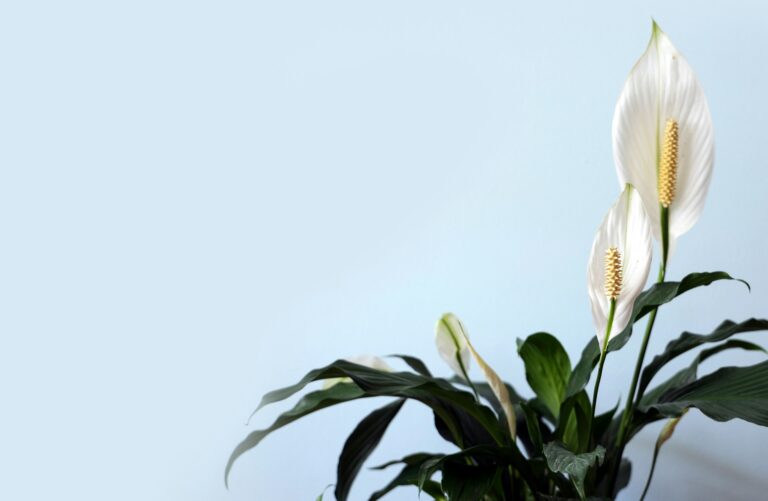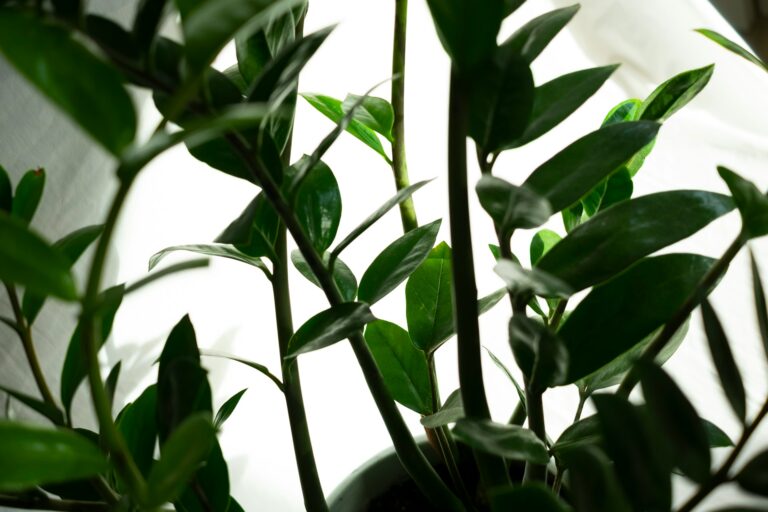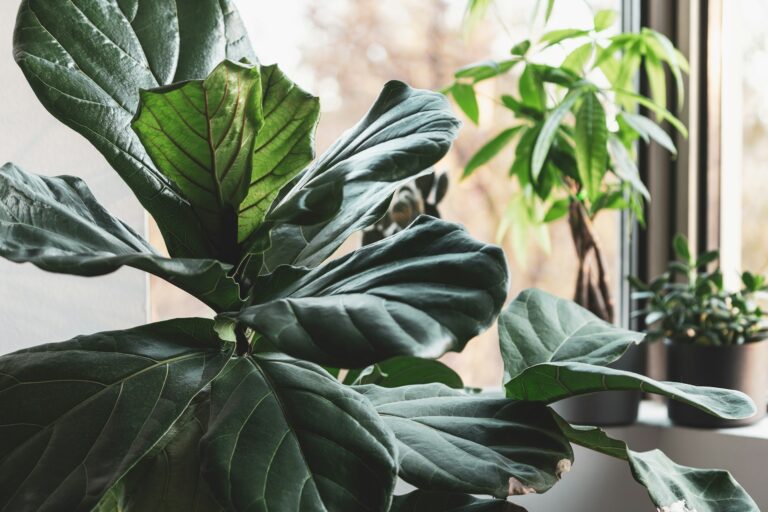Are you looking for a low-maintenance plant that is easy to care for and brings a touch of nature to your living space? Consider the juniper bonsai. This type of bonsai is perfect for beginners who are new to the art of bonsai cultivation.
Juniper bonsai is a hardy plant that can thrive in various environments. It is a small, slow-growing tree that can be shaped into various designs, making it a popular choice among bonsai enthusiasts.
The best way to prune Juniper Bonsai is to assess the plant growth pattern and then find the overgrowing stems and leaves that need to be cut. Use a sharp and clean tool to prune the unwanted parts from the plant. Once you are done cutting, care for the plant as it recovers.
Why Should You Prune Juniper Bonsai Plant?
When you prune your bonsai, you remove unwanted branches, leaves, and shoots, which helps to shape the tree, improve its overall appearance, and promote new growth. Here are a few reasons why pruning is important for your juniper bonsai:
1. Control Growth
Juniper bonsai trees are known for their vigorous growth, and if left unchecked, they can quickly become overgrown and unmanageable. Pruning helps control your bonsai tree’s growth by removing excess foliage and branches. It allows you to shape the tree and keep it manageable.
2. Encourage New Growth
Pruning also stimulates new growth in your juniper bonsai. Removing a branch or shooting sends a signal to the tree to produce new growth in that area. This can help fill in gaps in the foliage and create a fuller, more attractive tree.
3. Maintain Health
Regular pruning is essential for maintaining the health of your juniper bonsai. When you remove dead or diseased branches, you prevent the spread of disease and promote healthy growth. Pruning also improves air circulation and light penetration, which can help to prevent fungal diseases and other problems.
4. Improve Aesthetics
Finally, pruning is essential for maintaining the aesthetic appeal of your juniper bonsai. Removing unwanted branches and foliage can create a more natural, balanced look for your tree. Pruning also allows you to shape your bonsai into the desired form, whether a formal upright style or a more informal, naturalistic look.
In summary, pruning is an essential technique for maintaining the health and beauty of your juniper bonsai. By controlling growth, encouraging new growth, maintaining health, and improving aesthetics, pruning helps to create a beautiful, healthy, and thriving bonsai tree.
When to Prune a Juniper Bonsai
Knowing when to prune is crucial to ensure your bonsai tree stays healthy and maintains its aesthetic appeal. Here are some tips on when to prune your juniper bonsai:
Pruning in Spring
Spring is the best time to prune your juniper bonsai. During this season, your bonsai tree is actively growing, and pruning will stimulate new growth. Pruning in spring will also allow you to shape your bonsai tree for the rest of the growing season.
When pruning in spring, focus on removing dead, damaged, or diseased branches. You can also remove any branches that are growing too close to each other or in the wrong direction. Pruning in spring will also help you control the size of your bonsai tree.
Pruning in Summer
Summer is another good time to prune your juniper bonsai. During this season, your bonsai tree is still actively growing, and pruning will stimulate new growth. However, you should be careful not to prune too much during this season, as it can weaken your bonsai tree.
When pruning in summer, focus on removing any unwanted new growth, such as branches growing in the wrong direction or too close to each other. You can also trim the tips of your bonsai tree’s branches to encourage branching.
Pruning in Fall
Fall is not an ideal time to prune your juniper bonsai. During this season, your bonsai tree prepares for winter and is not actively growing. Pruning during this season can weaken your bonsai tree and make it more susceptible to winter damage.
However, if you must prune your juniper bonsai in the fall, focus on removing any dead, damaged, or diseased branches. You can also remove any branches that are growing too close to each other or in the wrong direction.
Pruning in Winter
Winter is not an ideal time to prune your juniper bonsai. During this season, your bonsai tree is dormant, and pruning can cause damage. However, if you must prune your bonsai tree in winter, focus on removing any dead, damaged, or diseased branches.
Tools needed for pruning a Juniper Bonsai
Here are some tools that you can use to prune a Juniper bonsai:
- Pruning shears: Pruning shears are the most commonly used tool for bonsai pruning. They are designed to cut branches cleanly and accurately without damaging the surrounding foliage. Look for pruning shears with sharp blades and a comfortable grip.
- Concave cutters: Concave cutters are designed to flush precise cuts with the trunk or branch. They are particularly useful for removing small branches and twigs, as they leave a clean, natural-looking cut.
- Wire cutters: Wire cutters are used to remove the wires often used to shape bonsai trees. It’s important to use the right type of wire cutters, as regular wire cutters can damage the branches and leaves of the tree.
- Root shears: Root shears are used to trim the roots of the bonsai tree. This is an important part of bonsai care, as it helps to keep the tree healthy and promotes new growth. Look for root shears with sharp blades and a comfortable grip.
How to prune a Juniper Bonsai Step-by-step
Here’s a step-by-step process for pruning a Juniper bonsai plant:
- Assess the Tree’s Growth
Before pruning your Juniper bonsai, look at its overall growth pattern, including the shape and size of the tree and the placement of the branches and foliage. It will help you determine which areas of the tree need to be pruned.
- Gather Your Tools
Ensure you have all the tools for pruning your Juniper bonsai, such as pruning shears, concave cutters, wire cutters, and root shears. Ensure that your tools are clean and sharp.
- Identify Branches to Prune
Identify the branches that need to be pruned based on your assessment of the tree’s growth pattern. Typically, you will want to remove any dead, diseased, or damaged branches, as well as any branches that are growing in the wrong direction or disrupting the tree’s overall shape.
- Prune the Branches
Use your pruning shears to make clean cuts on the branches that need to be pruned. Cut just outside the branch collar, which is the raised area at the branch’s base where it connects to the trunk.
- Use Concave Cutters for Flush Cuts
Suppose you need to make a flush cut, such as when removing a small branch or twig, use concave cutters. These tools make clean, natural-looking cuts that help to promote new growth.
- Remove Wire
Remove the wire using wire cutters if you have previously wired the tree to shape it. Be careful not to damage the branches or foliage.
- Trim the Roots
If the Juniper bonsai has outgrown its pot, or if you notice that the roots are becoming tangled or circling the bottom of the pot, it’s time to trim the roots. Use root shears to remove any dead or damaged roots, and trim the remaining roots back by about one-third.
- Clean Up
Once you have finished pruning and trimming, clean up any debris from the pot and the surface around the tree, such as leaves or twigs.
- Water and Feed
Finally, give your Juniper bonsai a good watering, and feed it with a balanced fertilizer to promote healthy growth.
Tips for pruning a Juniper Bonsai
- Prune at the Right Time
Juniper bonsai can be pruned throughout the year, but the best time to prune is in the late winter or early spring, just before new growth begins. This allows the tree to recover more quickly from the pruning and promotes healthy growth.
- Understand the Growth Pattern
Before pruning your Juniper bonsai, look at its overall growth pattern. Junipers naturally grow in a horizontal pattern, so try to maintain this shape as you prune. Avoid cutting too much off the top of the tree, as this can cause the tree to become top-heavy.
- Use Clean and Sharp Tools
Use sharp and clean pruning tools to make precise cuts that do not damage the surrounding foliage. Dull or dirty tools can damage the tree and make it more susceptible to disease.
- Cut at the Right Angle
When making cuts on the branches of your Juniper bonsai, cut at a slight angle to prevent water from pooling on the cut surface. This helps to prevent rot and disease.
- Don’t Over-prune
Be careful not to over-prune your Juniper bonsai. While removing dead or damaged branches is important, removing too many branches at once can weaken the tree and make it more vulnerable to disease and pests.
- Keep the Tree Balanced
When pruning your Juniper bonsai, maintain a balanced shape by removing branches from both sides of the tree. This helps to keep the tree stable and promotes healthy growth.
- Consider the Style
Depending on the style of your Juniper bonsai, you may need to prune the tree differently. For example, if you have a cascade-style bonsai, you may need to prune the branches on one side more heavily to maintain the desired shape.
- Monitor Growth
After pruning your Juniper bonsai, monitor its growth regularly to ensure it develops in the desired direction. If you notice branches growing too quickly or in the wrong direction, make corrective cuts to maintain the tree’s shape.
Conclusion
In conclusion, pruning a Juniper bonsai is important to maintaining a healthy and beautiful tree. Following the right techniques and tips ensures that your bonsai is pruned correctly and maintains its natural growth pattern.
Pruning should be done at the right time of year, using clean and sharp tools, and with a careful eye on maintaining the balance and shape of the tree. Remember to monitor your Juniper bonsai regularly after pruning to ensure healthy growth and make any necessary corrective cuts.



